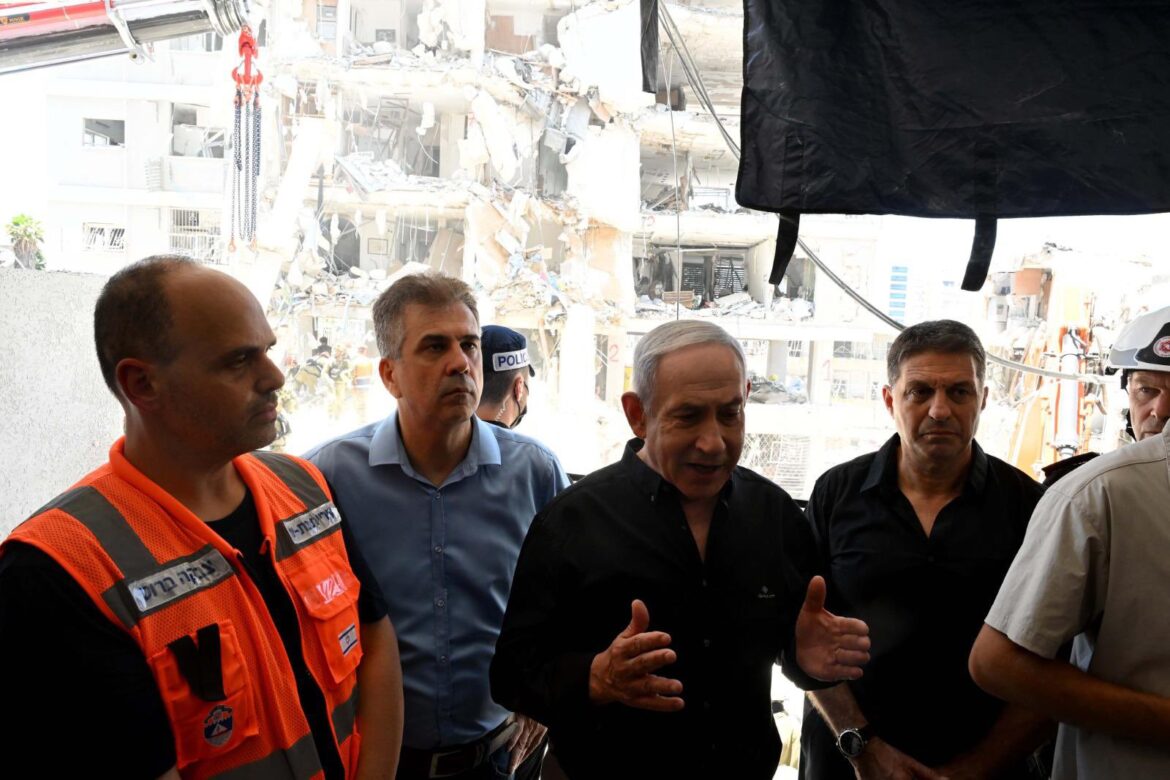India faces a growing risk of substantial economic fallout as the Israel-Iran conflict intensifies, jeopardizing crucial energy security, vital trade routes, and key commercial interests. The escalating hostilities and rising regional tensions pose direct threats to India’s strategic and economic links with West Asia, according to analyses from both the Global Trade Research Initiative (GTRI) and QuantEco Research.
India maintains significant trade relationships with both Israel and Iran. According to a GTRI brief authored by Ajay Srivastava in FY2025, India exported goods worth $1.24 billion to Iran and imported $441.9 million in return. Trade with Israel was even more substantial, with $2.15 billion in exports and $1.61 billion in imports. QuantEco Research’s “essential chart pack on Israel-Iran conflict,” further notes India’s total merchandise imports from other West Asian countries in FY25 amounted to USD 33.1 billion.
However, both organizations emphasize that India’s primary concern lies in its overwhelming reliance on the region for energy. The GTRI highlights that “nearly two-thirds of its crude oil and half of its LNG imports pass through the Strait of Hormuz, which Iran has now threatened to close.”

This narrow waterway, “only 21 miles wide at its narrowest point,” handles “nearly a fifth of global oil trade” (GTRI), with QuantEco Research specifying it “witnessed approximately 26.7 percent of maritime oil trade volume in 2023.” India is particularly vulnerable, as it depends on imports for over 80 percent of its energy needs.
Economic Ramifications and Supply Chain Vulnerabilities
Any disruption or closure in the Strait of Hormuz would sharply increase oil prices, shipping costs, and insurance premiums—triggering inflation, pressuring the rupee, and complicating India’s fiscal management, as detailed by GTRI. QuantEco Research corroborates this, stating that a “severe escalation of the Israel-Iran conflict could potentially push oil prices towards USD 100 pb levels.”
The conflict also poses direct threats to specific Indian export categories. For India, the GTRI brief states, “the trade of commodities such as cereals, edible fruits and nuts, gems and jewelry, and ceramic products could be most adversely impacted by the ongoing Israel-Iran conflict.” QuantEco Research specifically highlights that “For India, the trade of following commodities could be most adversely impacted from the ongoing Israel-Iran conflict: Cereals, Edible fruits & nuts, Gems & jewelry, Ceramic products, etc.”
Specific threats to trade routes and infrastructure include:
Haifa Port Incident: The GTRI brief notes that “the risks became even more immediate on June 15, when Iran fired missiles at Israel’s Haifa port—a facility handling over 30 percent of Israeli imports and 70 percent owned by India’s Adani Ports. Initial reports indicate damage to port infrastructure and nearby refineries, raising fears of disrupted logistics and a spillover of conflict into Indian commercial operations.”
Red Sea Tensions: The GTRI points out that “Israel’s June 14–15 strike on Houthi military leadership in Yemen has heightened tensions in the Red Sea region, where Houthi forces have already attacked commercial shipping.” This poses “another serious risk” for India, as “Nearly 30 percent of India’s westbound exports to Europe, North Africa, and the U.S. East Coast travel through the Bab el-Mandeb Strait—now vulnerable to further disruption.”
QuantEco Research adds that the Bab el-Mandeb Strait “accounted for 11.0 percent of total crude oil and petroleum liquids transported through world chokepoints and the Cape of Good Hope in 2023.” If shipping must be rerouted around the Cape of Good Hope, transit times could rise by up to two weeks, and costs could soar, directly impacting Indian exports and raising input costs for key imports (GTRI).
Government Response and Macroeconomic Implications
While “India’s limited trade with Israel-Iran renders the scope of direct impact as minimal,” the indirect impact through commodity prices and financial markets is a significant concern, according to QuantEco Research. “Notably, the price of Brent crude has spiked to USD 75 pb currently, marking a sharp jump of more than 15 percent in Jun-25 (so far) – the highest since the start of the Russia-Ukraine war.” Furthermore, “bullion, which was already in a bull market, saw a price increase of ~5 percent in Jun-25 so far to USD 3450 poz.”
QuantEco Research emphasizes that “Sharp gyrations in international commodity prices, esp. for ones which India is a key importer of, can have adverse macroeconomic implications.” They highlight that “Petroleum products and gems & jewelry had a share of ~26 percent and ~12 percent in India’s merchandise imports in FY25 respectively,” and these items “have a weight of 4.2 percent and 1.2 percent in India’s CPI respectively.”
“As per the RBI,” QuantEco Research quotes, “every 10 percent increase in the price of crude oil (assuming complete pass-through) could increase CPI inflation by 30 bps while lowering GDP growth by 15 bps, besides having adverse spillover impact on its twin deficits.” They add that “Gyrations in key global commodity prices also influences financial markets, esp. if the underlying driver of supply side disruption is accompanied by risk aversion.”
The GTRI brief, authored by Ajay Srivastava, stresses that India “cannot afford complacency.” The government “must urgently review energy risk scenarios, diversify crude sourcing, and ensure strategic reserves are sufficient.” Military preparedness “in the Arabian Sea, especially near choke points, must be enhanced.” Diplomatically, India “should use multilateral forums such as the G20 and the United Nations to advocate for de-escalation and the protection of global trade corridors.”






